Disaster Forensics
What can electrical engineers learn from the world’s worst natural disasters?
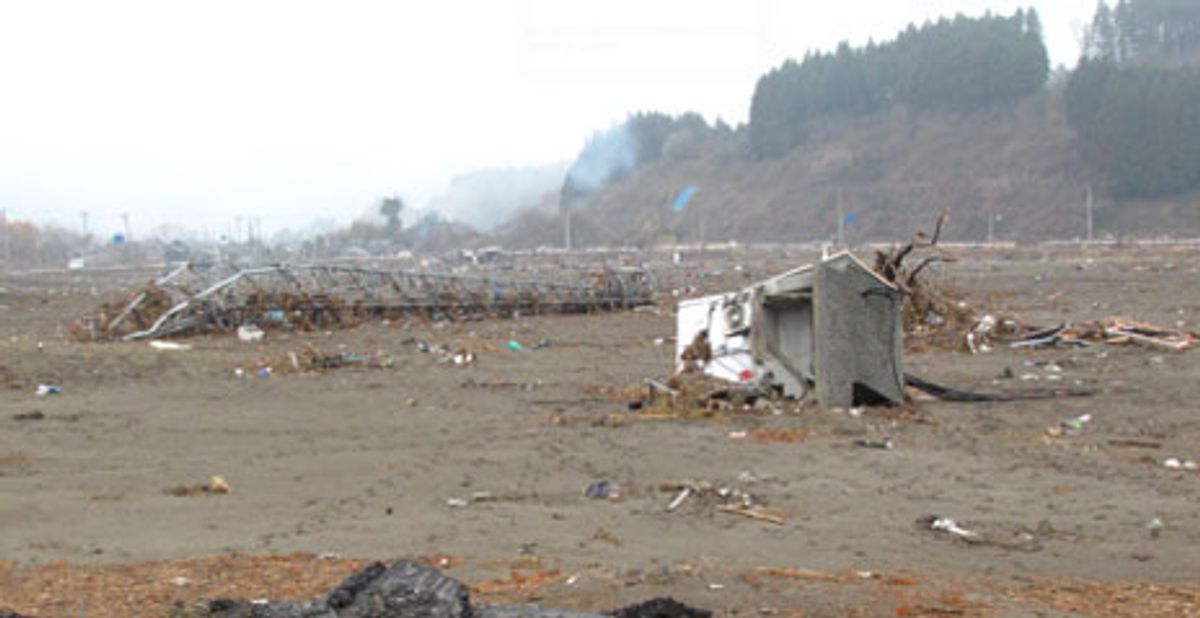
It’s my job to drive straight into the heart of disaster zones.
On 11 March, a 9.0-magnitude earthquake triggered a monstrous tsunami that smashed into Japan’s northeast coast, killing more than 15 000 people in minutes and reducing entire towns to rubble. In the days that followed, more than 80 000 Japanese citizens fled their homes after the tsunami started a meltdown at three of the reactors at the Fukushima Dai-ichi nuclear power station. Those citizens left their whole lives behind, and most are still living as refugees. But in early April, I drove into the wreckage of Japan’s coastal towns to see what lessons I could learn in the ruins.
As an electrical engineer with a keen interest in what I call ”disaster forensics,” I travel to the worst natural disaster sites around the world to assess the damage inflicted on communication networks and electric power grids. I’ve surveyed the aftermath of three major Gulf Coast hurricanes, including Katrina, and I’ve stood in the rubble caused by earthquakes in Chile, New Zealand, and Japan. As I’ve collected field data, I’ve begun to challenge the common belief that humans can’t compete with nature’s fury and that most of our creations will fail in a hurricane’s winds or a tsunami’s waves. That fatalism doesn’t sit well with me. I think that studying the world’s worst natural disasters can lead to better designs and critical infrastructures that can better withstand the brunt of a storm or the upheaval of an earthquake.
This tsunami-wrecked street was once the heart of downtown in Rikuzentaka, Japan.Video: Alexis Kwasinski
Of all the assessments I’ve performed, my April 2011 trip to Japan was undoubtedly the most challenging—and the most heart wrenching. At that time, the damaged nuclear reactors at Fukushima Dai-ichi had not been fully stabilized, and the extent of the area contaminated by radiation fallout was not clear. I drove a circuitous route on the west side of Japan’s main island because the Sendai Airport had just started limited operations, the ”bullet” train wasn’t yet back in service, and the highway from Tokyo ran within the U.S. State Department’s recommended evacuation zone. I carried all the food I would need for my five days on the road and water for my entire 10-day trip, because I’d heard stories of contaminated tap water and shortages of bottled water. I also carried a dosimeter to measure radiation levels everywhere I went and quickly left areas that set off the dosimeter.
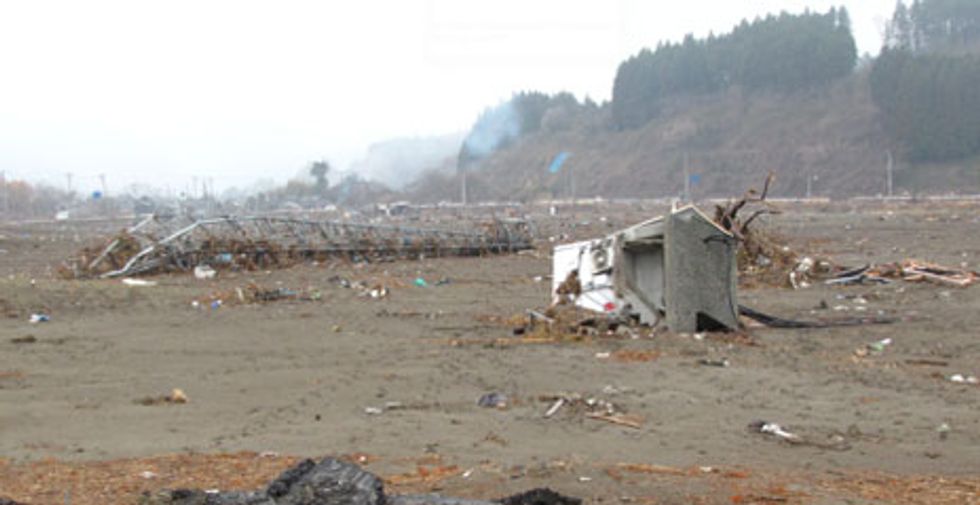
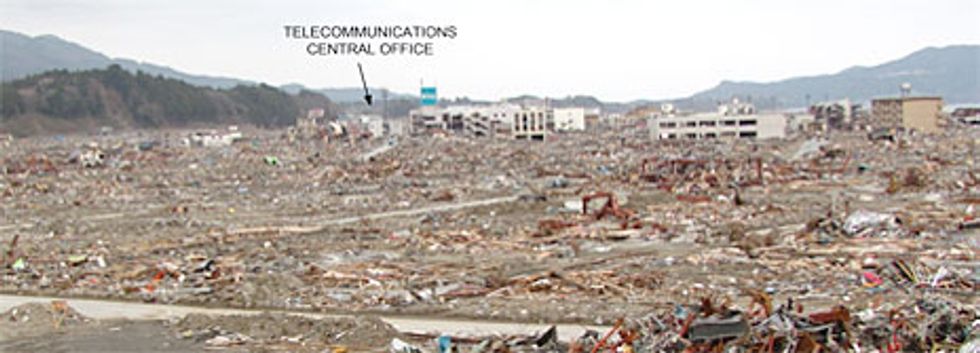
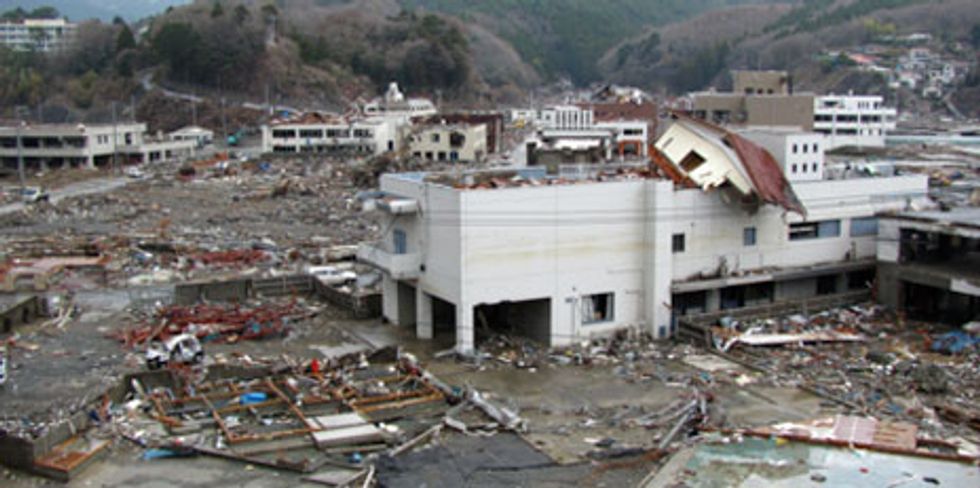
This may seem like a wasted opportunity—and maybe it is—but utilities say that homeowners shouldn’t be allowed to disconnect from the grid and power their households with solar panels during an outage due to safety issues. Utilities worry that if the disconnection from the grid is incomplete, a lineman could go out to work on damaged power lines thinking they’re safe when in fact they have power running through them from a solar panel somewhere. This argument is controversial, because technical solutions exist to ensure a proper disconnection and thus solve any safety problems. Unfortunately, these solutions require technology that isn’t in common use right now and therefore might incur higher costs. Almost all conventional ”off-the-shelf” inverter controllers, which are used to manage the electricity from residential solar panels, prevent their operation unless the main power grid is present and live.
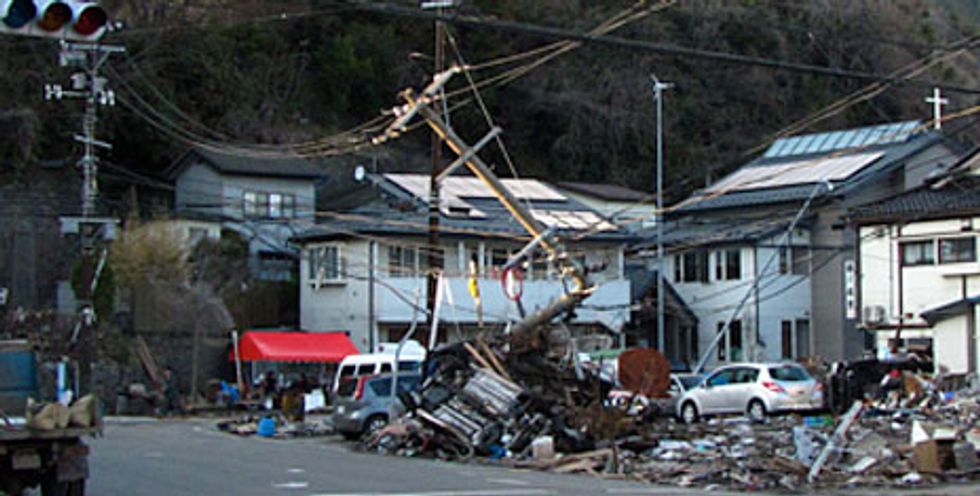
I got my start in disaster forensics in October 2005, when I took part in a National Science Foundation study on the damage caused by Hurricane Katrina. That enormous and devastating hurricane barreled into the Gulf Coast in late August of 2005. The furious winds and extensive flooding caused damage amounting to US $108 billion, more than any other hurricane in U.S. history. I had the assignment of collecting field data to determine why and how the storm had wreaked such havoc on critical communication and electric power infrastructures.
I drove south from Champaign, Ill., where I was completing my Ph.D. in electrical engineering, and headed for the most heavily damaged areas of southern Louisiana. On the east side of the Mississippi River Delta, I turned onto a narrow highway that runs through endless marshlands and found my way to the tiny towns of Yscloskey, Delacroix, and Point à la Hache. The debris-filled streets were silent—the people who lived there, mostly fishermen and workers in the offshore oil industry, hadn’t been able to return. Katrina had pushed huge swells of ocean water up coastal rivers and canals, and that storm surge submerged this low-lying delta area and destroyed most of the homes. Smashed cars and boats poked out of the canals, mixed with uprooted trees and clumps of seaweed.
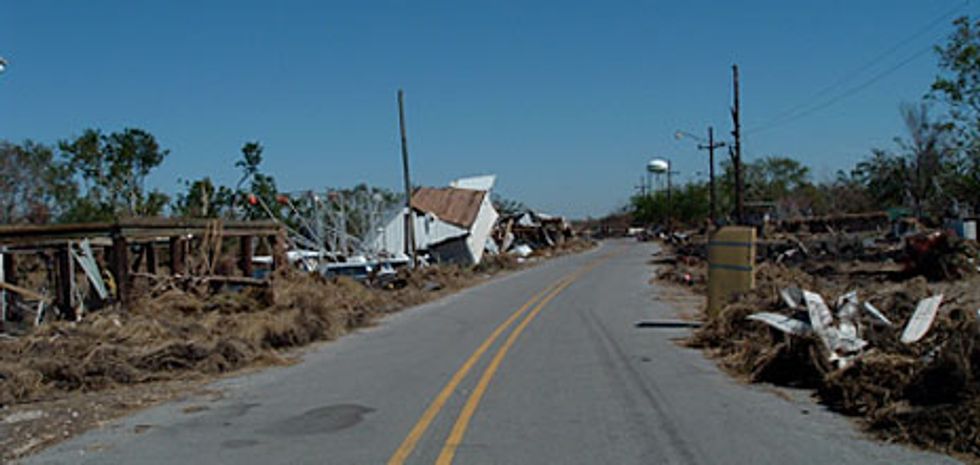
Problems in the grid rippled outward to the telecom system: Katrina left many cellular towers intact, but the power problems quickly took a toll. During the blackout, intact cell towers switched to backup battery and diesel generator power. But within a day or two, the cell towers began blinking out of service: Their batteries were depleted, their generators were out of fuel, and workers couldn’t travel through the disaster zone to reach them. When workers finally did arrive at the failed cell towers, they deployed multiple portable generators at each site to power the telecom base stations at the towers. However, that only created a more complicated problem: Workers then faced the daunting logistics of refueling hundreds or even thousands of generators for several weeks. One solution I can see to this problem in some sites would be to rely on alternative local sources of energy, such as solar panels or small wind generators, in order to reduce the load on the portable generators. Small permanent generators connected to city gas lines could provide an even better solution for these sites.
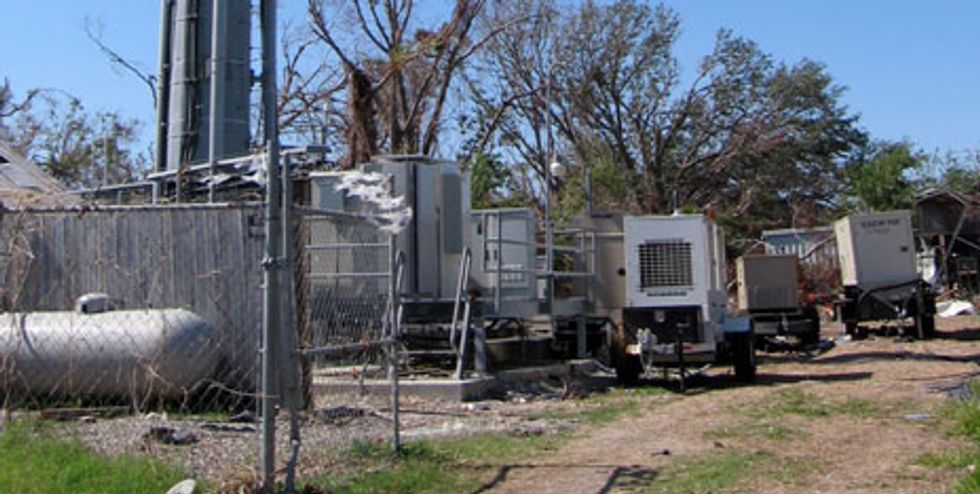
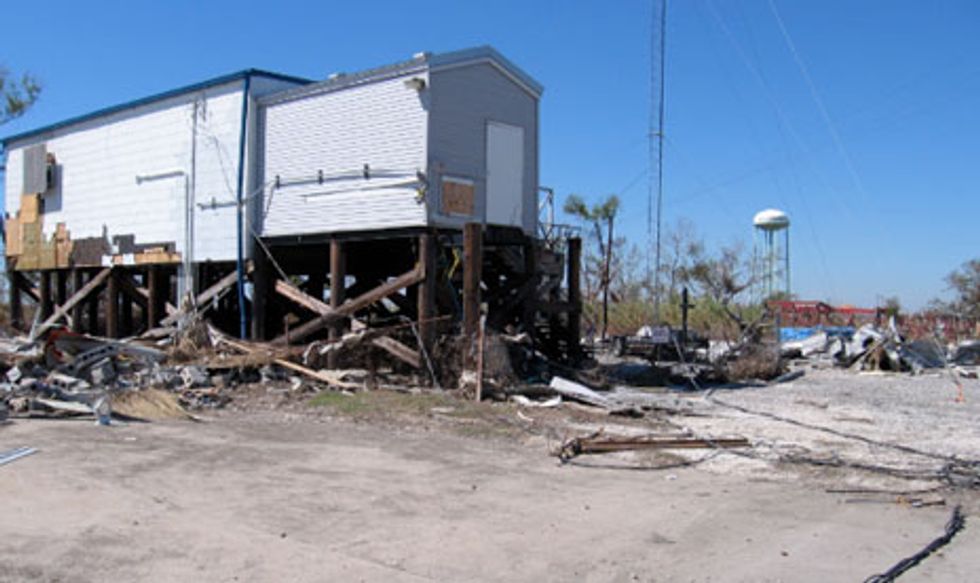
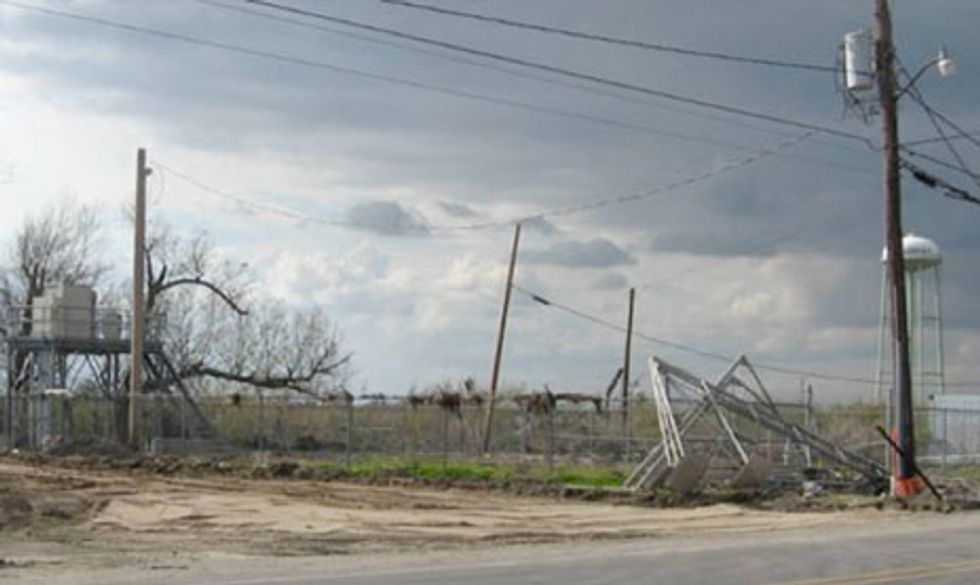
Hurricane Ike, which struck the Gulf shores in September 2008, hit with great fury and caused a total of $30 billion of damage in Texas, Louisiana, and beyond, making it the third-costliest hurricane in U.S. history (after only Katrina and 1992’s Andrew). I’ll never forget the coastal town of Gilchrist, Texas, where one lonely home remained standing. Power outages extended from the battered coastline more than 100 miles inland and caused widespread telecom outages (the storm’s remnants went on to cause problems all the way up to Canada). In Texas, DLC cabinets that routed landline communication data were largely responsible for the telecom problems.
DLC cabinets have the same problem as cell towers—in a blackout, their batteries give out within a few hours. (Telecom central offices typically have permanent generators that can keep power flowing for at least 72 hours, which is a reasonable cushion.) In order to restore service, power companies distributed hundreds of portable generators to DLC cabinets throughout east Texas; this gesture created the extra logistical burden of keeping them fueled. Since the spread of broadband communication systems is increasing the use of similar curbside cabinets, it’s a safe bet that this problem will become more common in future disasters.
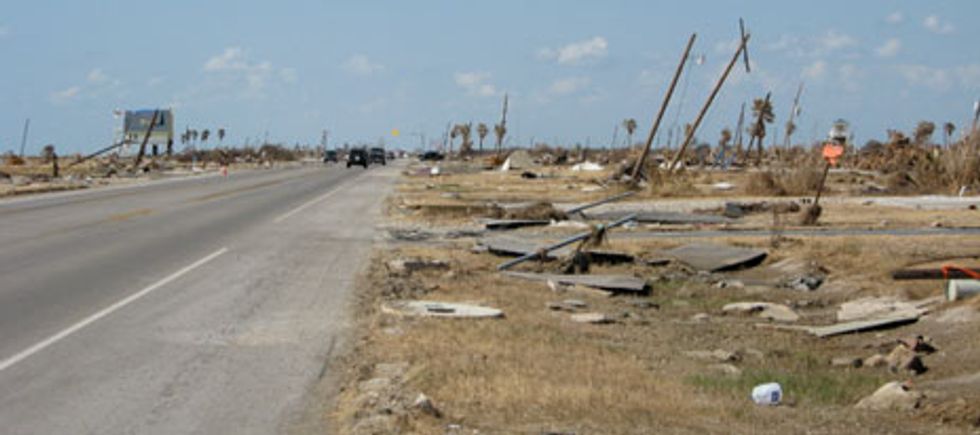
I was also struck by the scattershot, uneven nature of the severe damage. Just a few miles from Gilchrist, the town of High Island made it through the storm with only light damage. This fact suggests that engineers face an important challenge: to build an overall infrastructure that is resilient and flexible, so that when serious problems arise in one small area, the rest of the network doesn’t go down.
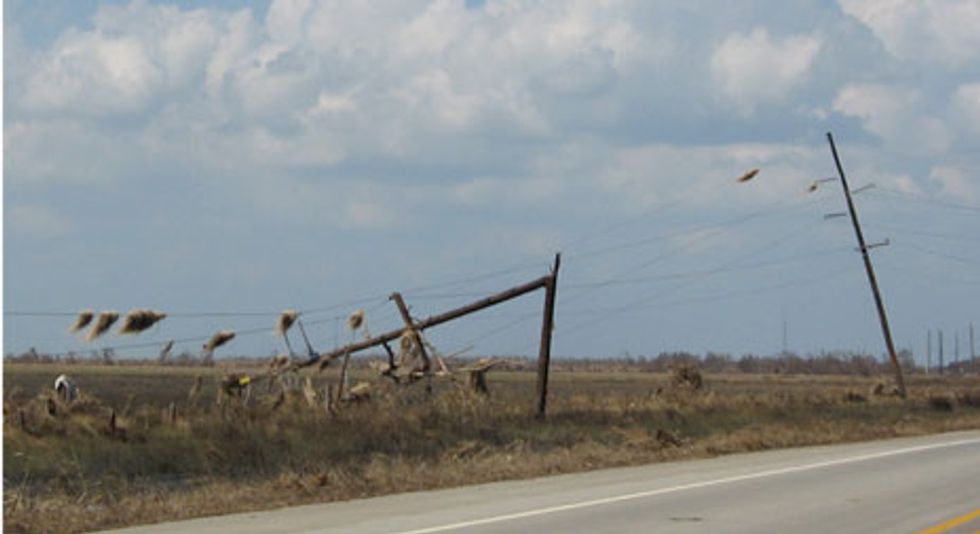
It’s not just communications and power engineers who can learn from my recent tours of the world’s worst catastrophes. For example, the successful construction practices observed in NTT’s central office buildings in Japan could be replicated along the Pacific Northwest coast to reinforce existing emergency facilities and school classrooms. Japan’s tsunami evacuation structures for coastal communities with distant high-ground areas could be duplicated in the United States. Perhaps the main lesson that I took from my travels is that it’s simply not true that little can be done to prevent disasters. But it’s up to the communities at risk, from government officials to individual citizens, to demand the investments that will prepare their towns and cities for the worst. If these communities don’t learn from those who have suffered before, history will tragically repeat itself.
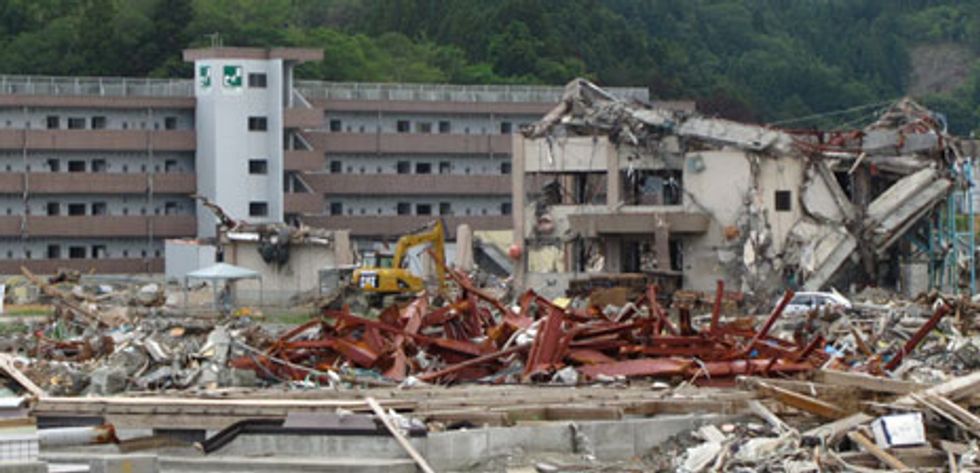
About the Author
Alexis Kwasinski is an assistant professor of electrical engineering at the University of Texas at Austin. He’s working with the IEEE Power Electronics Society’s technical committee on communications energy systems on a new technical thrust to study the impact of disasters on infrastructure. He’s also involved with the IEEE Future Directions Committee’s new online community dedicated to discussing disaster mitigation and relief.